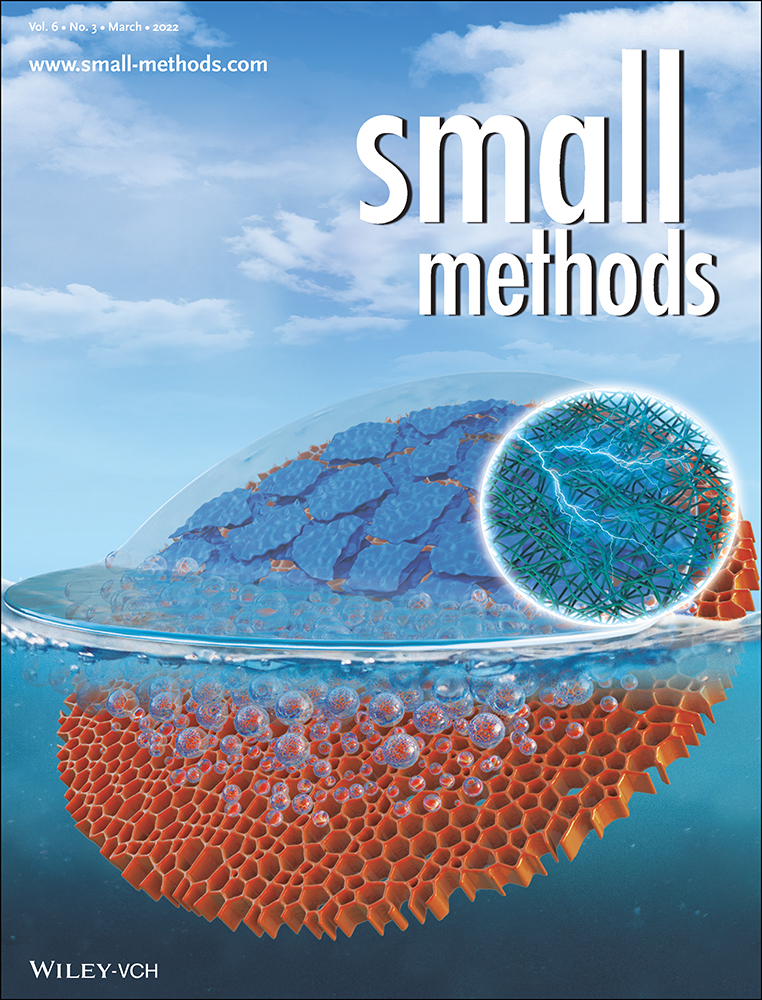Mapping Conductance and Switching Behavior of Graphene Devices In Situ
Abstract
Graphene is proposed for use in various nanodevice designs, many of which harness emergent quantum properties for device functionality. However, visualization, measurement, and manipulation become nontrivial at nanometer and atomic scales, representing a significant challenge for device fabrication, characterization, and optimization at length scales where quantum effects emerge. Here, proof of principle results at the crossroads between 2D nanoelectronic devices, e-beam-induced modulation, and imaging with secondary electron e-beam induced currents (SEEBIC) is presented. A device platform compatible with scanning transmission electron microscopy investigations is introduced. Then how the SEEBIC imaging technique can be used to visualize conductance and connectivity in single layer graphene nanodevices, even while supported on a thicker substrate (conditions under which conventional imaging fails) is shown. Finally, it is shown that the SEEBIC imaging technique can detect subtle differences in charge transport through time in nonohmic graphene nanoconstrictions indicating the potential to reveal dynamic electronic processes.
Conflict of Interest
The authors declare no conflict of interest.
Open Research
Data Availability Statement
The data that support the findings of this study are available from the corresponding author upon reasonable request.




